The COVID-19 pandemic has caught us all off guard. No one was prepared for the impact of such a crisis, just as we are not yet prepared for the consequences.
However, the moments that test us and the extreme situations often make us come out stronger. If we take this to the business arena, it is normal to find ourselves after a crisis with optimised structures, new applications, new services, new use cases… Things that, before that situation, had not crossed our minds. Or, at most, they had been in the form of «Can you imagine what would happen if…?», giving them little chance of materialising into something real in the short term.
A clear example of this is training, especially of the youngest. Families and schools have had to adapt against the clock to find a feasible ( although, unfortunately, not 100% of the cases) alternative to classical classroom teaching. Now, parents, students and teachers have become experts in the use of platforms such as Zoom, in addition to knowing more about the hardware equipment needed to use them. It has not been a gradual change, an organic acquisition of knowledge. It has been abrupt, forced, but reasonably effective. Now we can imagine it as something normal that the students of a school can receive classes online if necessary, even for months, whereas until recently this was unthinkable.
Well, something similar happens with virtual reality. If in the Gartner report of Hype Cicle we already saw how Virtual Reality disappeared if we compare 2018 with 2017 (since it reached a degree of maturity sufficient to no longer be considered emerging), now we are facing a real explosion in the use of it, since it joins the need to avoid travel and social contact by the COVID-19 with the very high adoption inertia that this technology already had. The same happens with Augmented Reality, which has disappeared from this graph if we compare 2018 with 2019
Therefore, in this article we will present 5 ways in which Virtual Reality will be even more important in the so-called «post-COVID-19 era», and how it will play an important role in companies of all kinds, both internally and in their relationship with customers.
1. Marketing
 This coronavirus crisis has led many companies to reinvent themselves, and many others to seek ways to optimize revenue as much as possible. In that sense, marketing plays a fundamental role, and we should not approach it as an expense but as an investment. Our 3D SeatMapVR technology is a clear example of this, as it allows us to get the most out of every penny spent on marketing, optimizing sales and improving the company’s image through the use of 3D and virtual reality.
This coronavirus crisis has led many companies to reinvent themselves, and many others to seek ways to optimize revenue as much as possible. In that sense, marketing plays a fundamental role, and we should not approach it as an expense but as an investment. Our 3D SeatMapVR technology is a clear example of this, as it allows us to get the most out of every penny spent on marketing, optimizing sales and improving the company’s image through the use of 3D and virtual reality.
This application of virtual reality to marketing is not new, but it is now more important than ever, for two reasons.
The first is that the technology has now spread, and new approaches (such as WebVR) have appeared that allow a much larger number of users to be reached without the need for complex equipment or advanced knowledge. The democratization of virtual reality is a fact, and the diversification of digital channels through which we can reach it is the highway that connects us to a set of new uses that, until now, did not make much sense. Thanks to being able to reach the user in a more immersive, more realistic, more natural way, we achieve multiple advantages: to show our product (or service) better, to create environments that favour a receptive mental state in the customer when it comes to knowing our offer, to save in other aspects (such as material inventory, physical locations…), etc. And, now more than ever, that people have that need to feel safe while visiting a business… what’s better than doing it from the comfort of our home?
The second one, on the other hand, goes beyond what is directly linked to being able to increase sales, or improve the customer experience. There is a topic that plays an equally important role in a marketing strategy: positioning. By using virtual reality or integrating 3D elements into the user experience, we somehow reinforce in the consumer’s mind the concept that we are a leading company, transparent, that wants to show as best as possible what it has to offer. And, even more, the consumer will not forget about us. This is especially important in times of crisis, when a company’s lack of communication sometimes makes us forget about it a little, so it is vital to maintain that positioning in the consumer’s mind.
Virtual reality and marketing are two perfect partners when preparing a favourable positioning in the consumer’s mind both during the COVID-19 pandemic and when it has passed
Marketing and virtual reality, more than ever, go hand in hand in the form of virtual catalogs, product configurators, demonstrations and, in general, to show the customer exactly what he wants, adapted to him, thus promoting relationship marketing with greater added value.
2. Simulation
 What are the advantages of virtual reality simulations? Basically, all of them, as long as they can be applied. Using VR in simulators helps to better understand the behaviour of a specific element under study when faced with a specific event. Already during the study of the COVID-19 pandemic, virtual reality has proved to be an element that enhances the quality of propagation studies in closed environments, for example. This has been taken to different specific areas, such as propagation inside an airplane cabin, in a vehicle, in a room…
What are the advantages of virtual reality simulations? Basically, all of them, as long as they can be applied. Using VR in simulators helps to better understand the behaviour of a specific element under study when faced with a specific event. Already during the study of the COVID-19 pandemic, virtual reality has proved to be an element that enhances the quality of propagation studies in closed environments, for example. This has been taken to different specific areas, such as propagation inside an airplane cabin, in a vehicle, in a room…
Another of the studies that is being carried out more now by means of digital twins, 3D and virtual reality, is the simulation of the optimization of the space in productive environments, so that the minimum necessary distance is maintained to minimize the possibilities of contagion, but in the optimal way to waste the least possible space.
In the future, these studies and many more (of all kinds) should be carried out minimizing human participation in them, in order to avoid possible infections, and as a measure to increase social distance, besides making these simulations more economical and automatable. If something can be simulated and studied by means of virtual reality, it is convenient to do so.
In addition, of course, the use of these models allows the performance of numerous tests with parameter variation, so that the influences of these parameters on the final result of the simulation can be extrapolated.
3. Communication
 At the beginning of this article I commented on the revolution that tools like Zoom have brought about in the communication between teachers and students and, in general, in the communication between people. Innumerable families have found in the videoconferencing tools their solution to be able to maintain a more «natural» contact with their loved ones, to keep trained or to continue working, something that probably many would have never thought of just a few months ago.
At the beginning of this article I commented on the revolution that tools like Zoom have brought about in the communication between teachers and students and, in general, in the communication between people. Innumerable families have found in the videoconferencing tools their solution to be able to maintain a more «natural» contact with their loved ones, to keep trained or to continue working, something that probably many would have never thought of just a few months ago.
This crisis has enabled us, as a society, in terms of digital communication tools. And, if a videoconference is already a major advance over an audio call, the step will be equally important when we have useful, practical, and extended tools of communication based on virtual reality. These will offer a greater immersion, better user experience and closeness, to all the people who participate in it.
An example of how this type of solution is beginning to be applied using 3D graphics (not purely virtual reality with glasses) can be found, for example, at the LAVAL Virtual exhibition, which was held online this year. It recreated an island-like scenario, with different key locations where participants could meet, speak using their microphone, make different gestures, greet each other, show information about their company and, of course, attend conferences by visualizing an auditorium with slide projection (which could be enlarged if desired), and even ask live questions.
Each person was represented by a configurable avatar that allowed them to move freely around the island, meet other attendees, exchange business cards… How did this experience work? Well, the figures speak for themselves: 11,200 virtual assistants, 150 speakers divided into 6 different tracks, during 3 days. Success.
4. Training
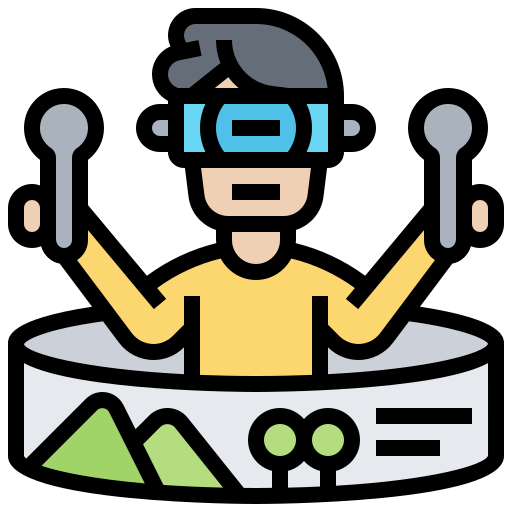 Related to the simulation, but not exactly the same. Training in this sense will be considered a type of simulation focused on improving certain skills of the person who practices it.
Related to the simulation, but not exactly the same. Training in this sense will be considered a type of simulation focused on improving certain skills of the person who practices it.
The advantages of carrying out training using virtual reality tools were already numerous and important until now: Savings in structural and logistical costs compared to setting up a physical simulator or using real facilities to practice, savings in staff mobility, greater security by not having to operate real equipment (often very expensive), less impact on the activity of other staff, greater ease in updating the contents of the training, make modifications, include new exercises… Now, to all this, we can add the lesser social interaction required if the training is carried out using virtual reality (in fact, it would allow each person to carry it out at home), thus increasing safety for all participants, allowing the required safety distances to be maintained at all times.
But, in addition, in these training exercises, simulations related to the COVID-19 itself can now be carried out, for example, such as patient management and triage in a hospital, simulation of psychological support for relatives of COVID-19 victims, etc. This type of exercise helps professionals to better manage their emotions, which in some cases can lead to problems of anxiety and depression, given the scale and impact that the COVID-19 is having on our society.
Training is a clear use case of virtual reality, which is now more powerful than ever due to the countless advantages it brings
Until now, we have been using technologies such as 3D SeatMapVR for the training of airline cabin crew and ground personnel, as well as developments for the practice of production activities in different types of factories, in which an operator can simulate a complex succession of operations until he is sure he is carrying them out correctly. Now, having this type of VR training becomes almost indispensable.
In our experience, if a type of practice can be carried out in virtual reality, the advantages are obvious. But sometimes it may be necessary to complement it with specific physical training, for example for regulatory reasons that require interaction with an element to check its resistance or inertia. Nevertheless, there are fewer and fewer of these situations and, in the future, we are sure that the use of VR for training will be an essential complement for all the advantages it entails.
5. Entertainment
 There’s a lot of talk these days about the way our fun will change forever after COVID-19. We do not know if it will change radically, but some aspects will be normalized, and the use of Virtual Reality will be one of them with great probability. VR adds a differentiating element to the way we consume multimedia entertainment: interaction. We are facing a new concept of entertainment, something that comes to mean a new option of entertainment, different, with its new opportunities and threats.
There’s a lot of talk these days about the way our fun will change forever after COVID-19. We do not know if it will change radically, but some aspects will be normalized, and the use of Virtual Reality will be one of them with great probability. VR adds a differentiating element to the way we consume multimedia entertainment: interaction. We are facing a new concept of entertainment, something that comes to mean a new option of entertainment, different, with its new opportunities and threats.
Let’s imagine a concert by our favourite artist. If we want (or have no choice but) to enjoy it from home, we can think about watching it on video, with high resolution, good sound, and the comfort of our sofa. This will be a different experience than attending the live concert, obviously, but very rewarding in many ways.
Now, let’s take that concert to a virtual reality environment, where we can move like an avatar on a 3D environment, express ourselves with our own body, get closer to the singer, interact with other people and, in short, live it in a more immersive way. This, which will have its advantages and disadvantages compared to the concert seen on television, is a scenario that many producers are already contemplating very seriously.
A good example of impeccable development in this sense is that of the company The Wave XR by Adam Arrigo and Aaron Lemke. They have managed to transfer concerts by artists such as the famous violinist Lindsey Stirling to the virtual environment, with 400,000 spectators, by using a special motion capture suit, which takes each action of the artist to his or her virtual avatar.
But this is not the only example. One of the most recent successes in this regard has been the concert given by Travis Scott through the video game Fornite, which has become a kind of interactive world of experiences with spectacular potential. The figures for this concert are dizzying: 12.3 million people connected simultaneously to the event, according to Epic. This is not the first time they have performed a show of this type, although the number of people connected right now is much higher, which gives us an idea that this is a use of Virtual Reality that we are going to see grow very significantly in the coming years. Although in this case we are talking about virtual reality as a virtual representation of a 3D stage, rather than through the use of VR glasses.
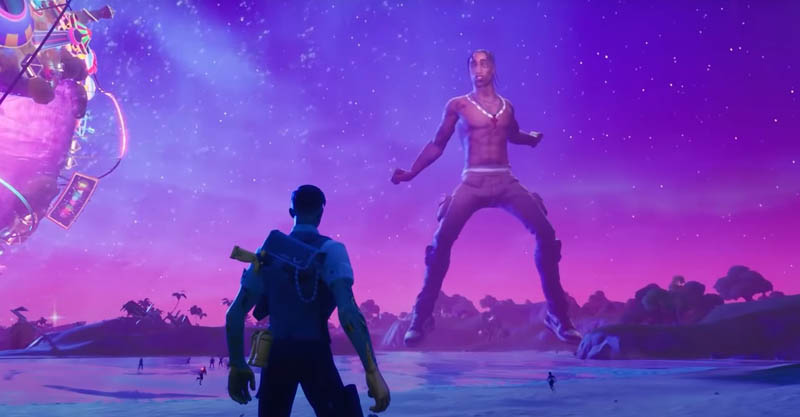
Source: Youtube @Perfect Score
In short, as we see, virtual reality has found in the COVID-19 crisis a way to show the world that it is the solution to many situations that, now more than ever, are going to take on an importance that will make it impossible for us to ignore them. In the post-COVID-19 era we will have to adapt as a society to new ways of interacting with our environment and with others. And, to do this, there is nothing better than being as close to reality as we can be, that is, virtual reality. Here we have talked about only 5 cases of use, but surely you can think of some more. If so, leave it in the comments!
And, if you are undertaking a project and think that virtual reality can be a factor to be taken into account to carry it out successfully, do not hesitate to contact us. We will be happy to discuss your ideas and explore how we can work together to help you achieve your goals, just as some of the world’s largest airlines have done with us.
Best of luck! And stay healthy 🙂
Note: The icons shown in this article are from Flaticon and are used under license with attribution to their authors:
Icon Training made by Eucalyp from www.flaticon.com
Icon Simulation, Communication, Marketing made by Freepik from www.flaticon.com
Icon Entertainment made by dDara from www.flaticon.com

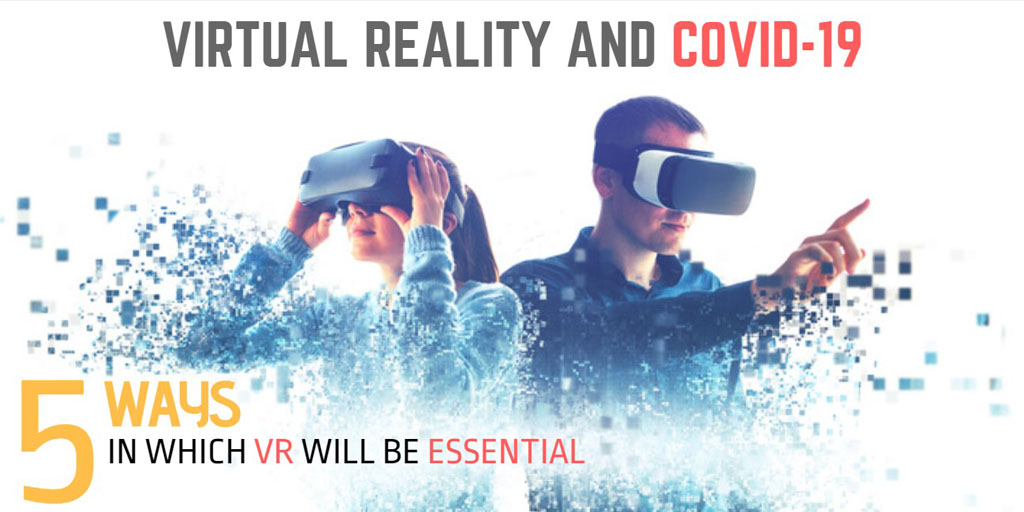

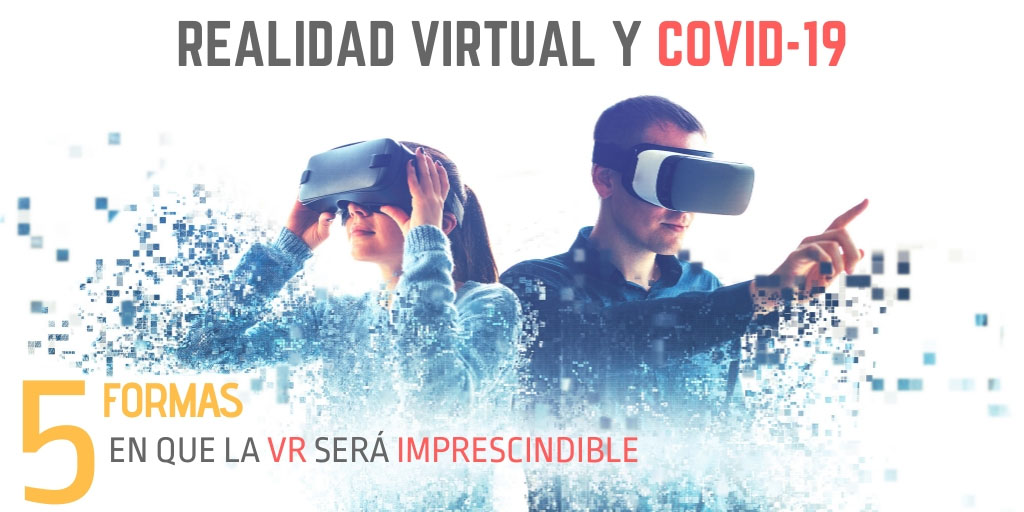
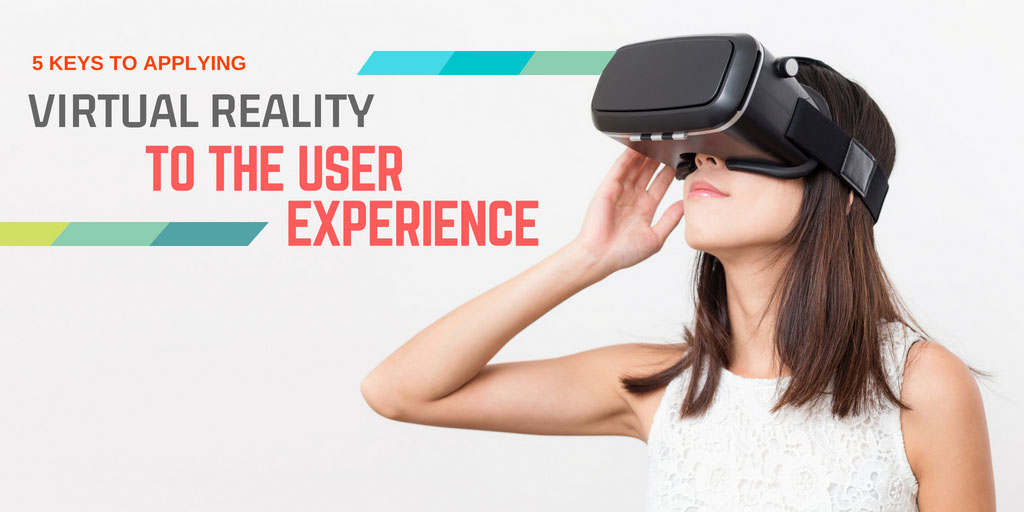
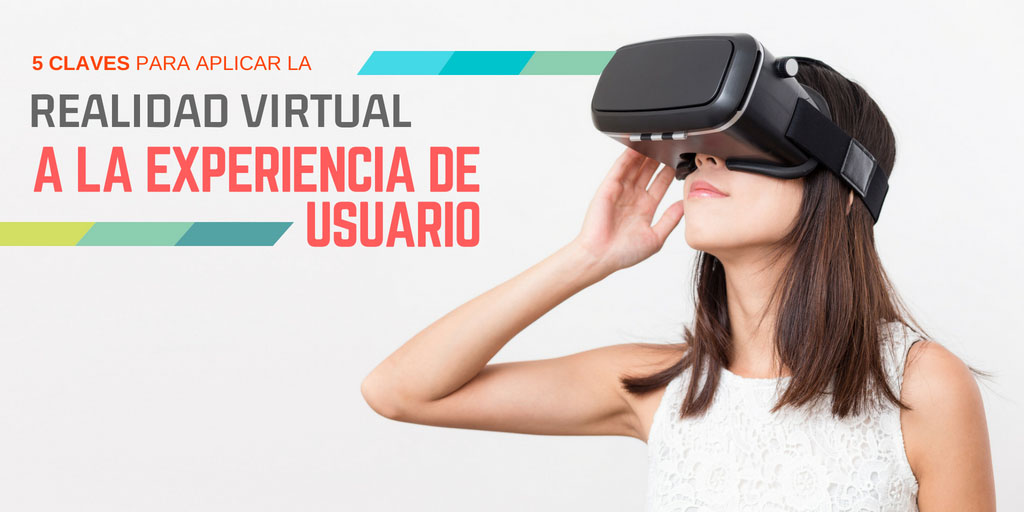

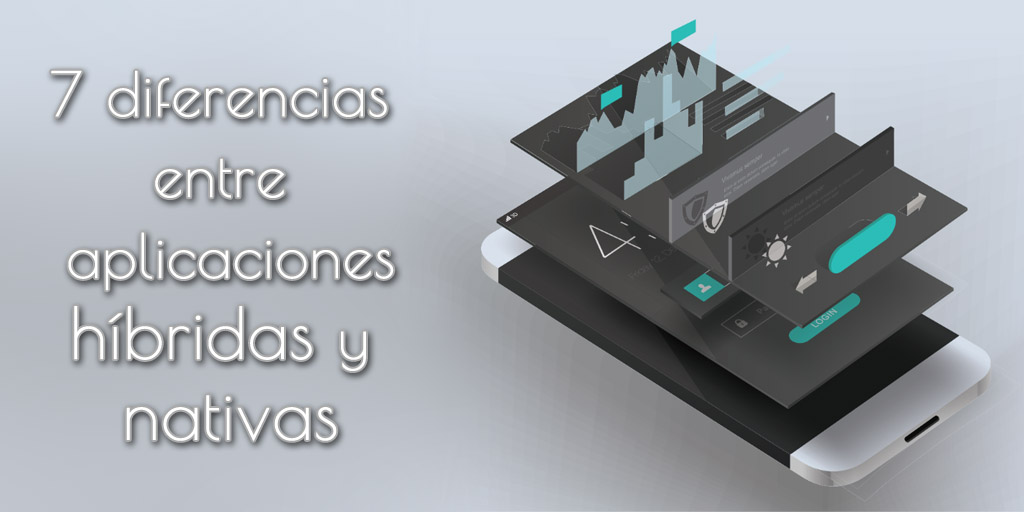
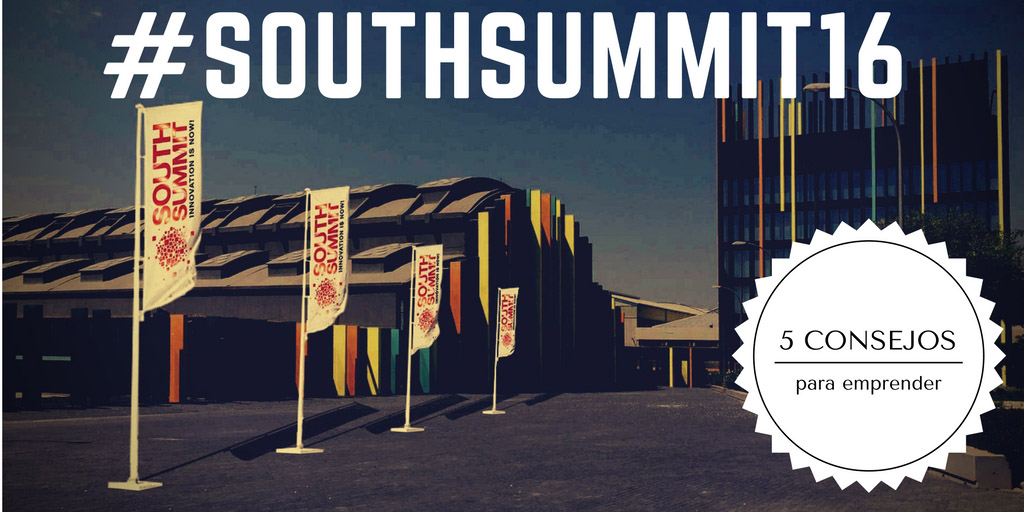
Sé el primero en comentar